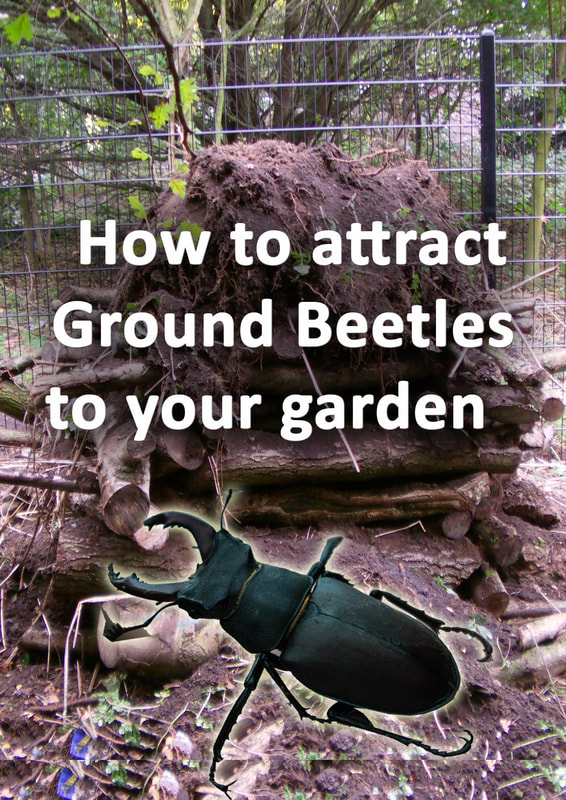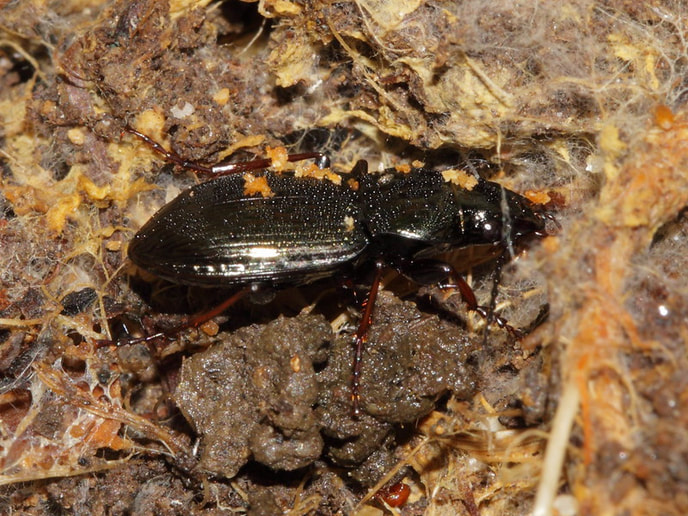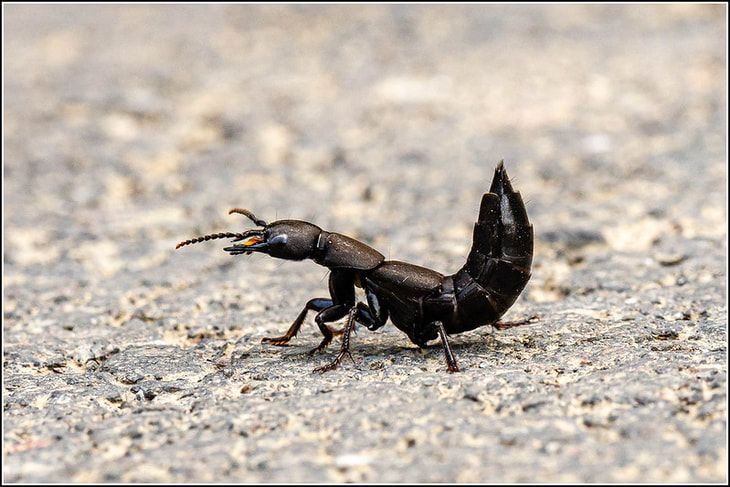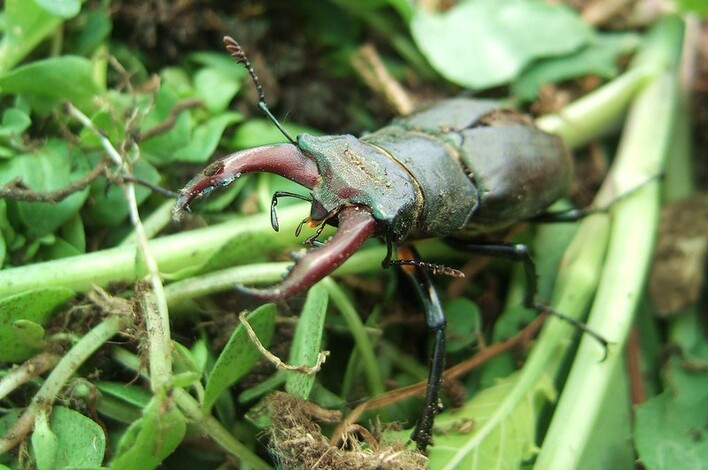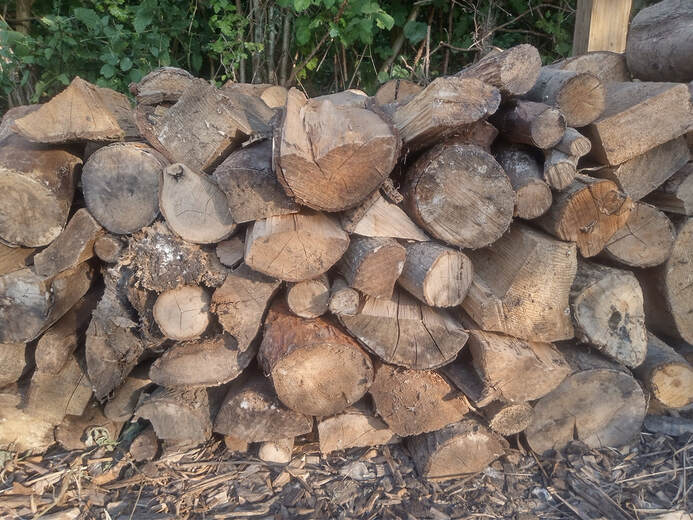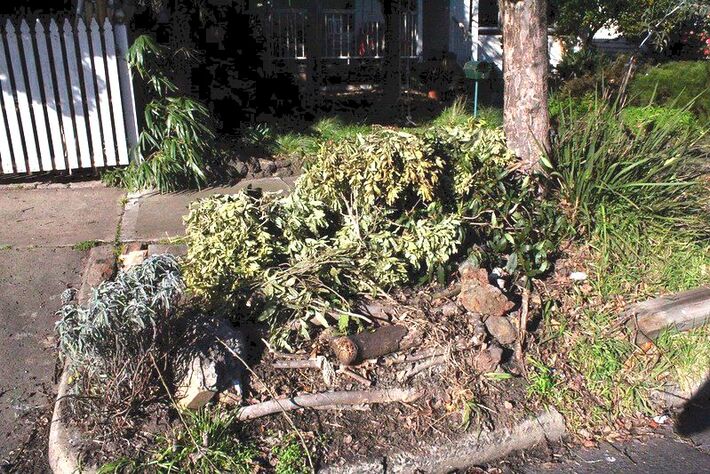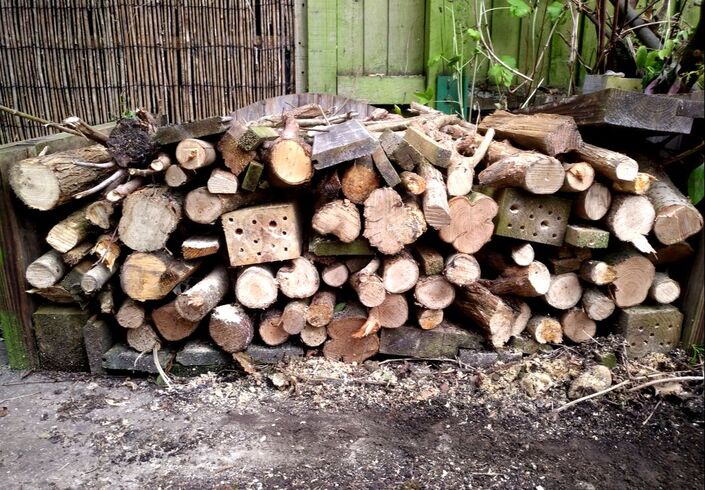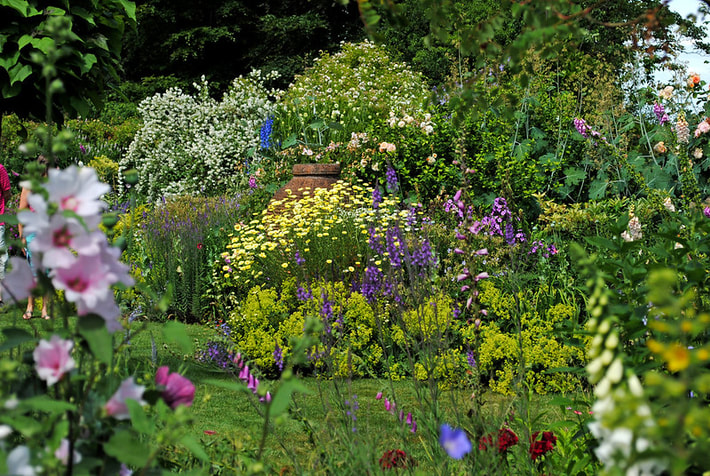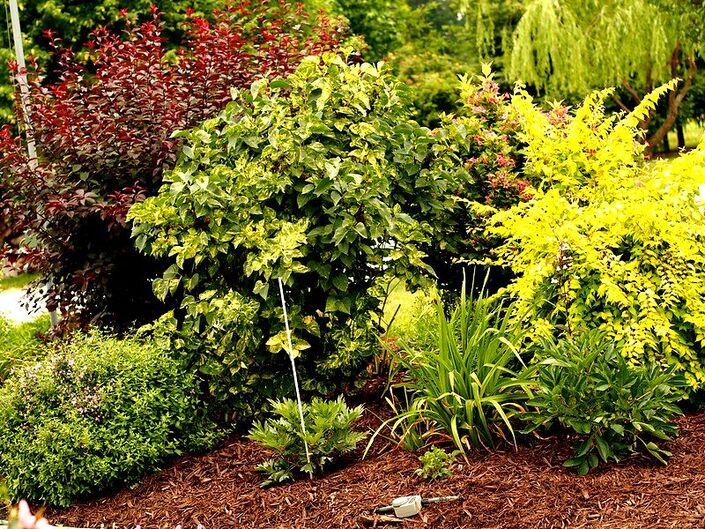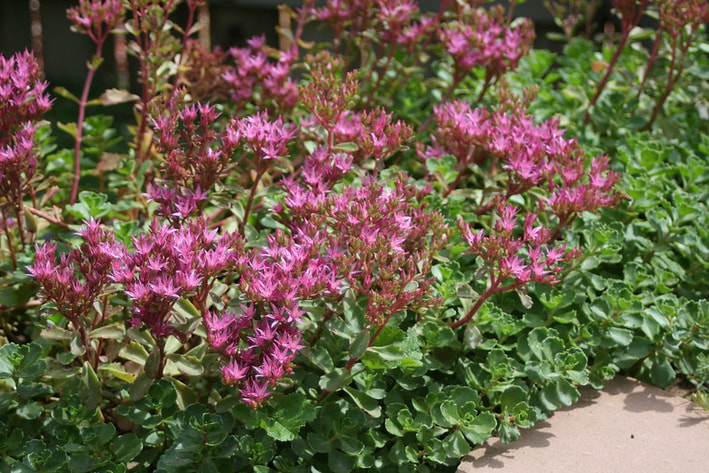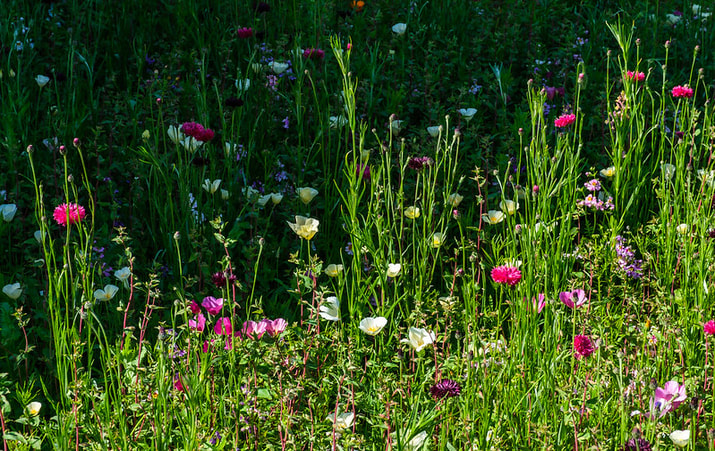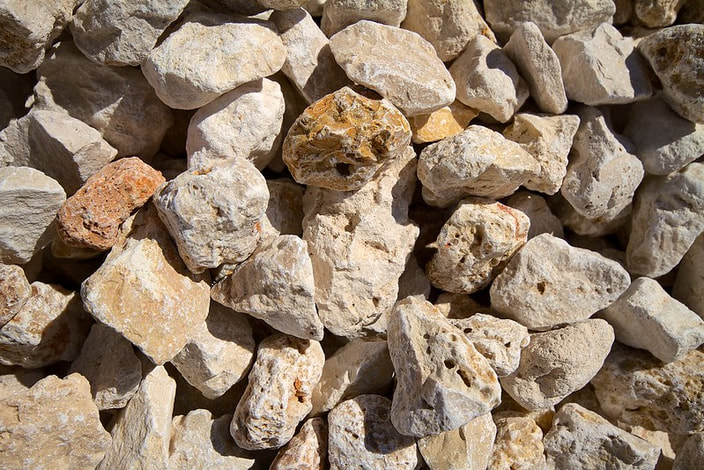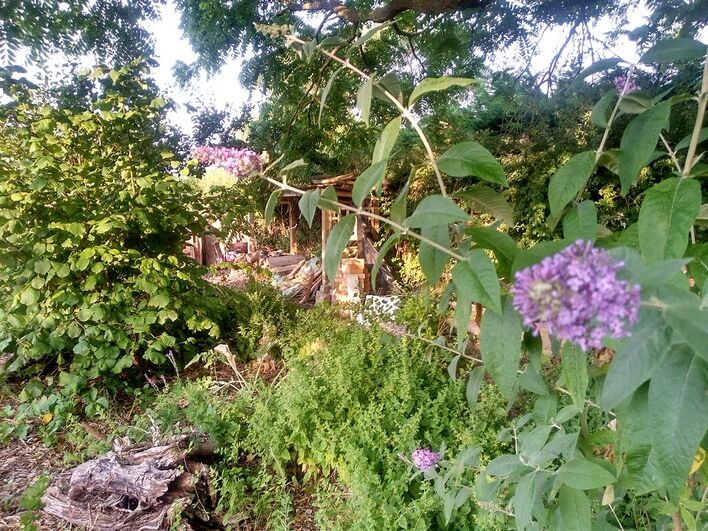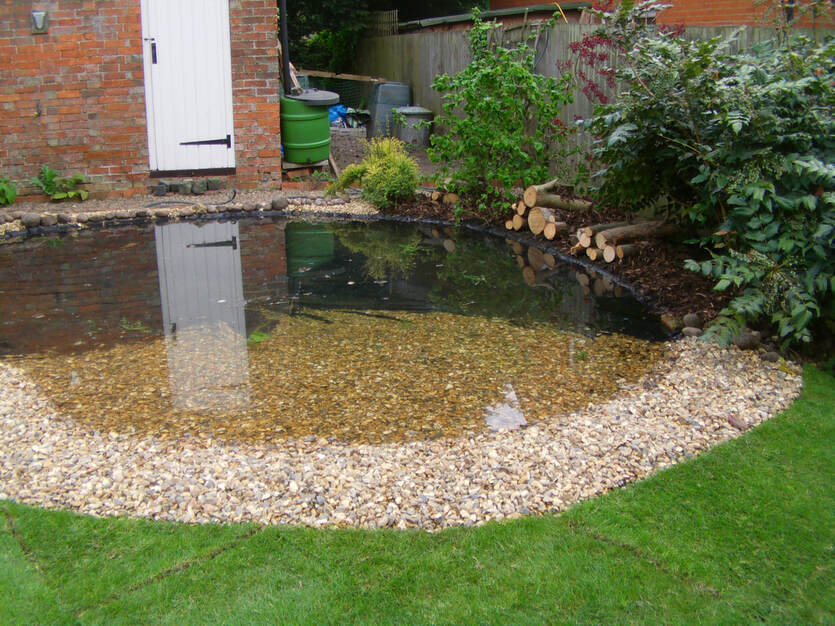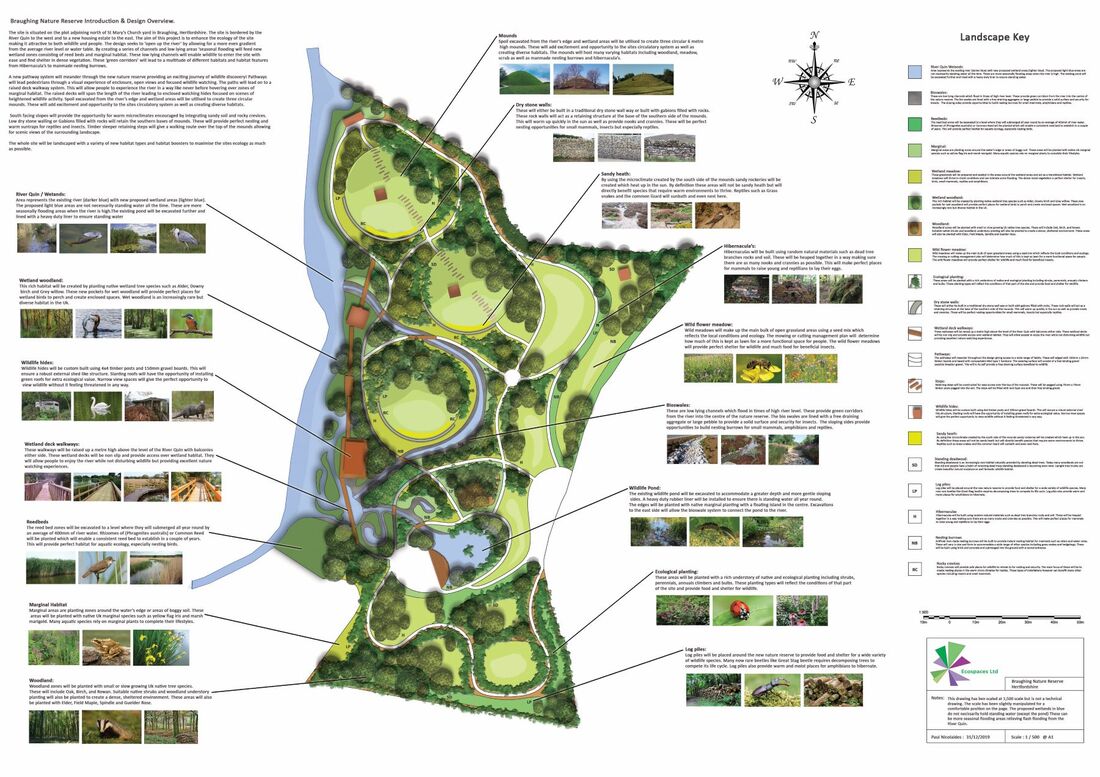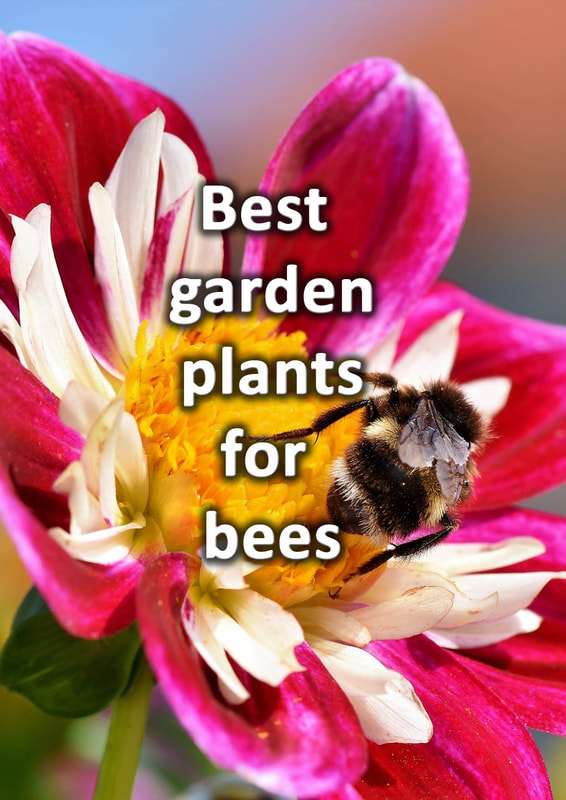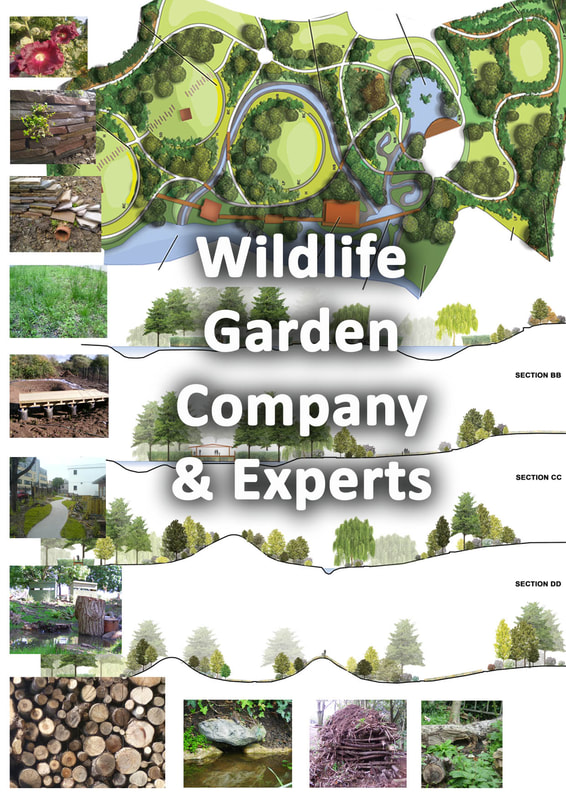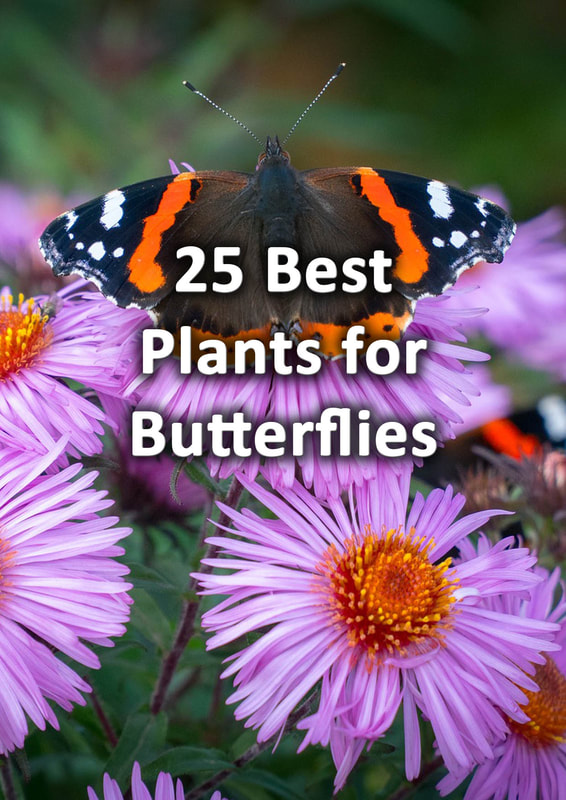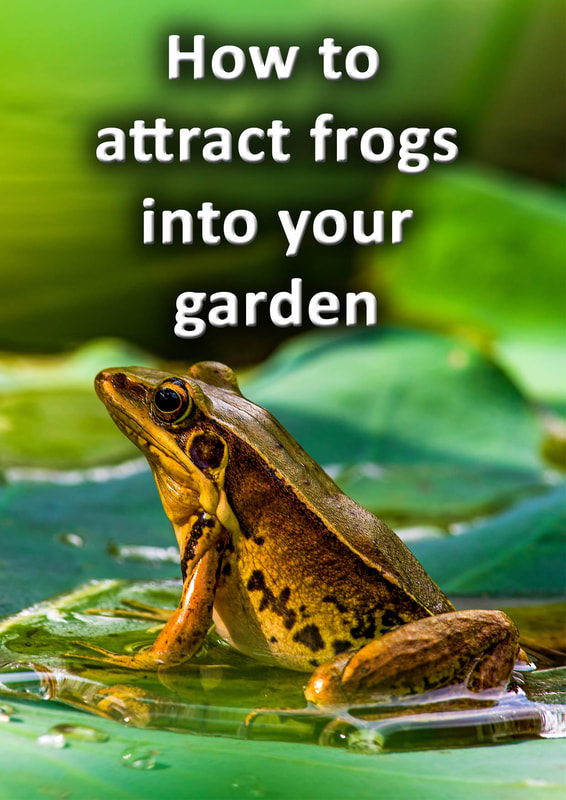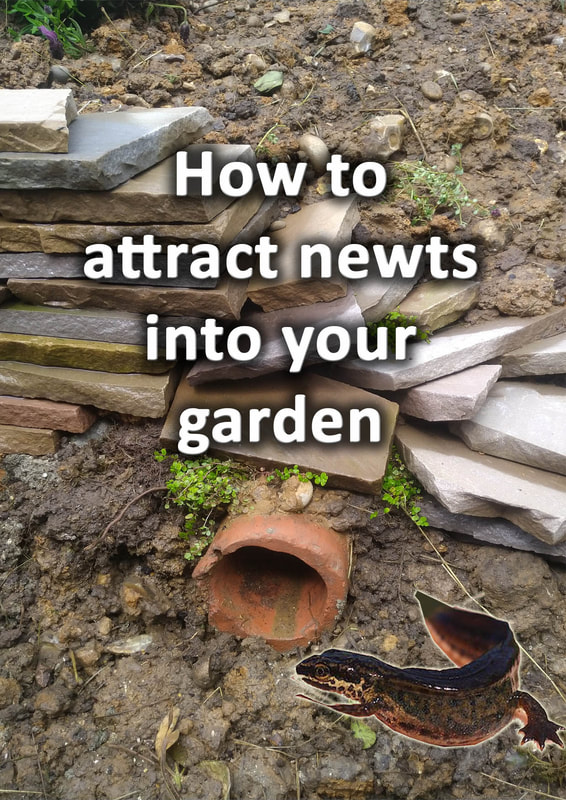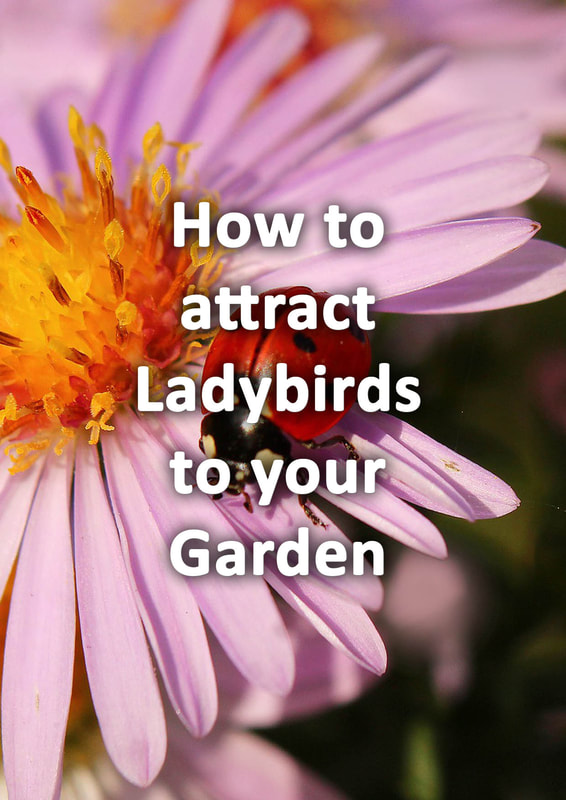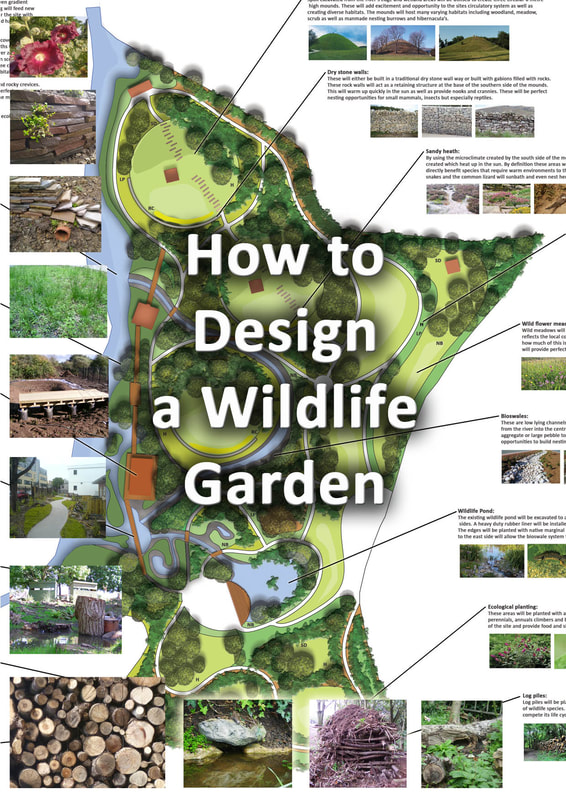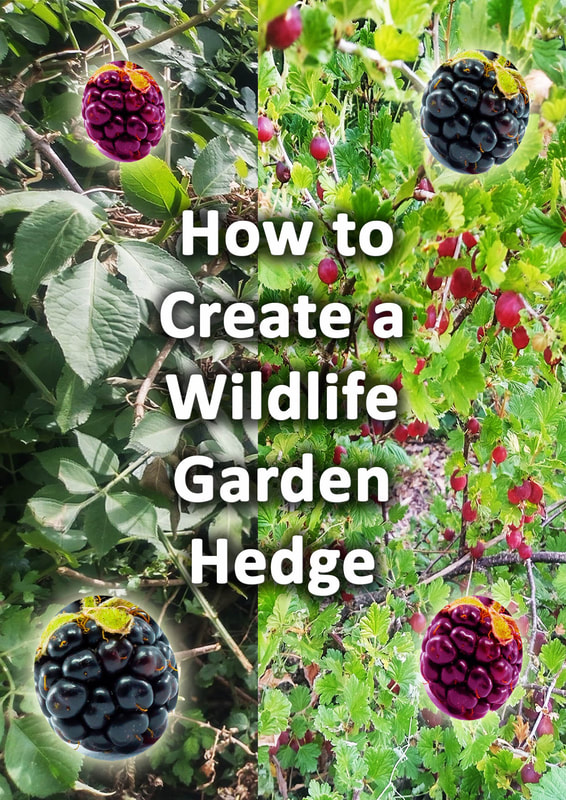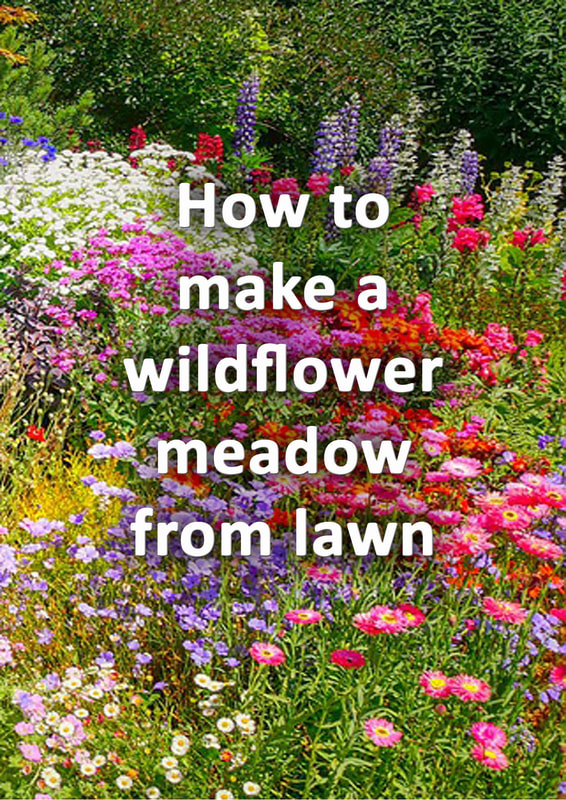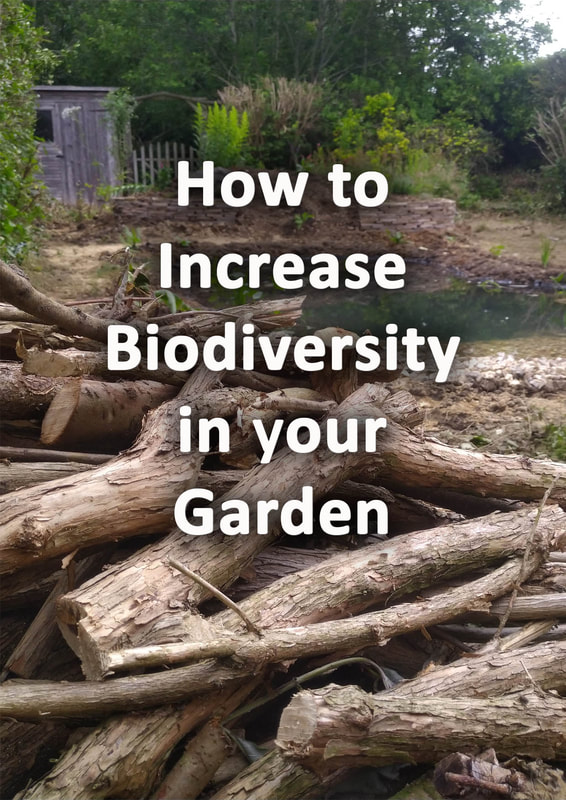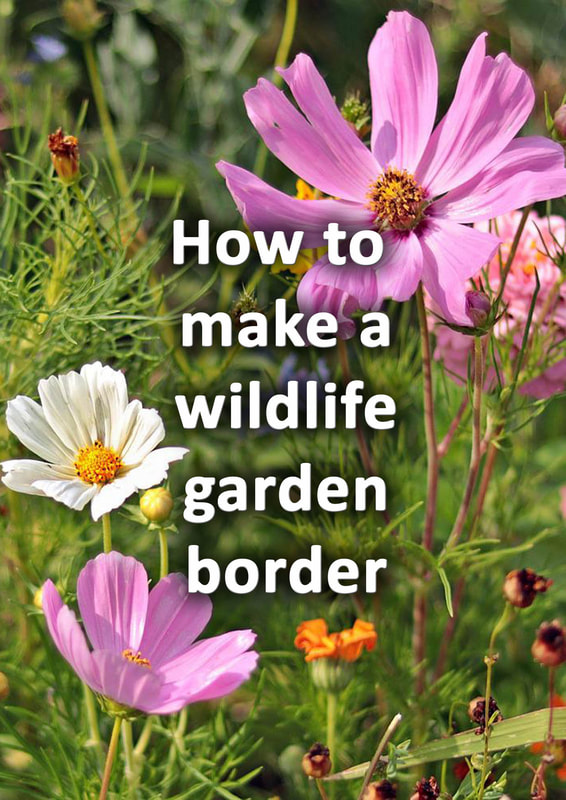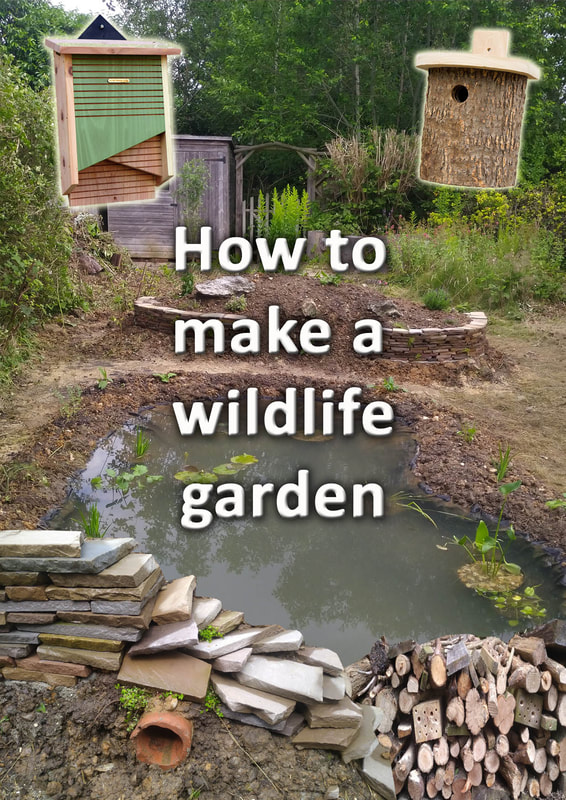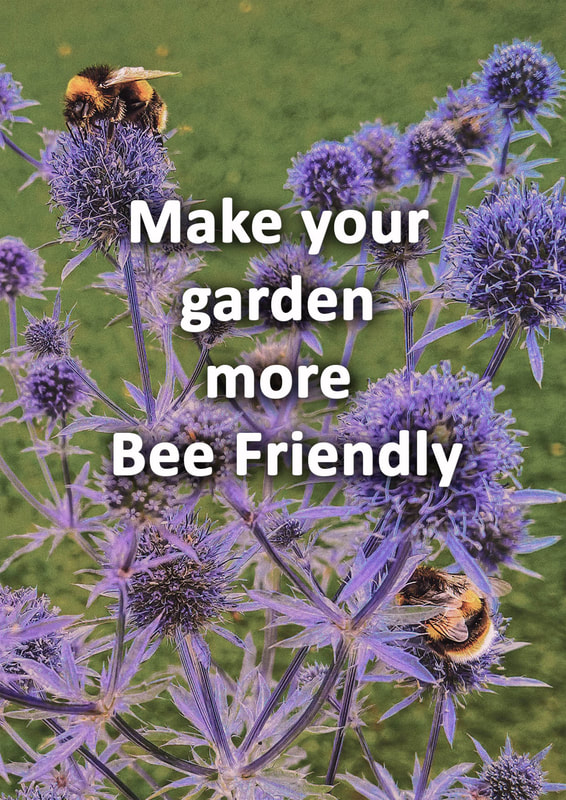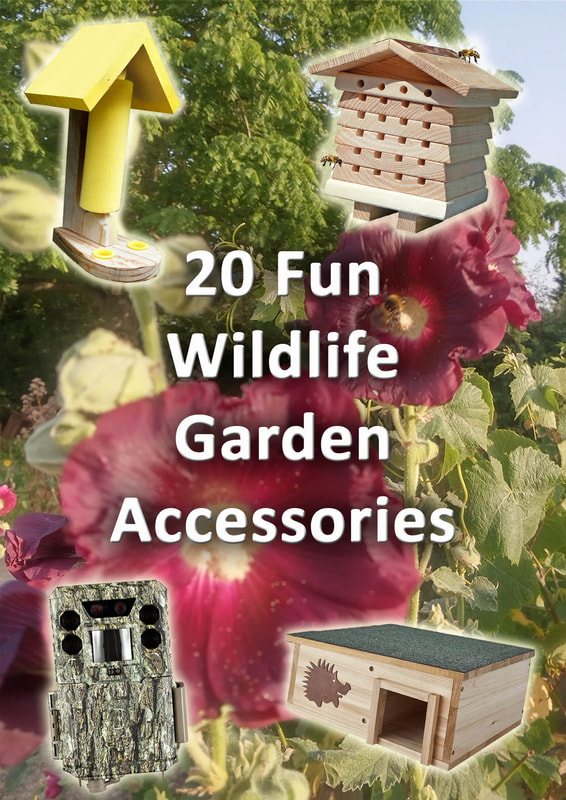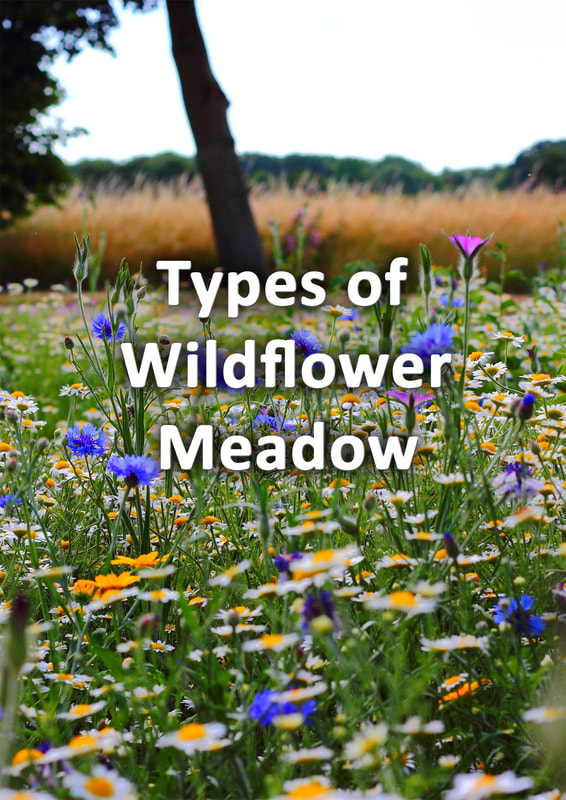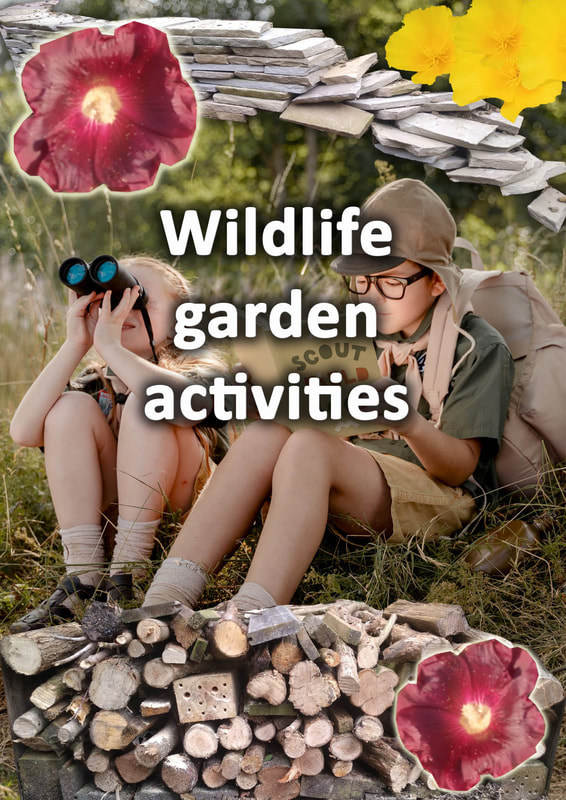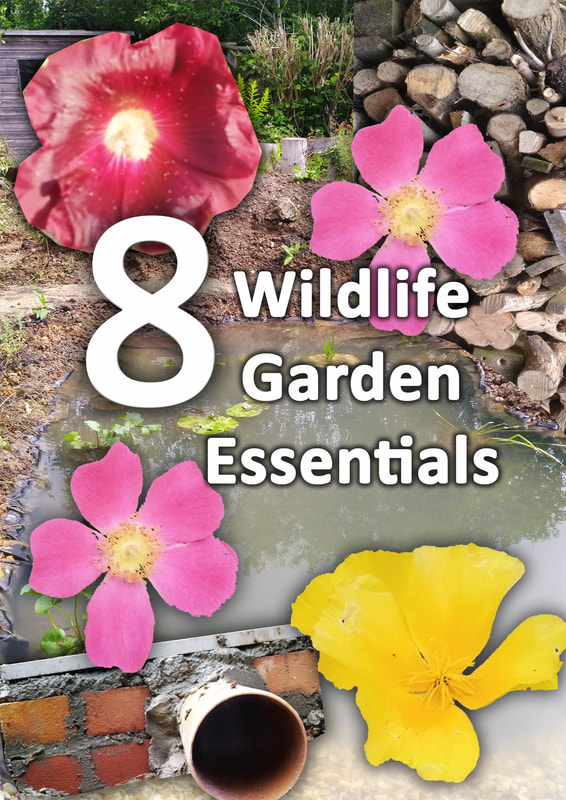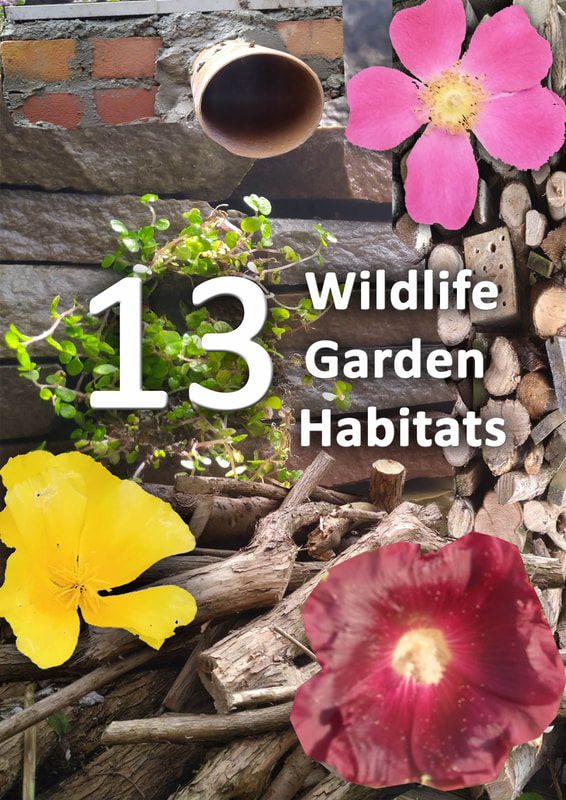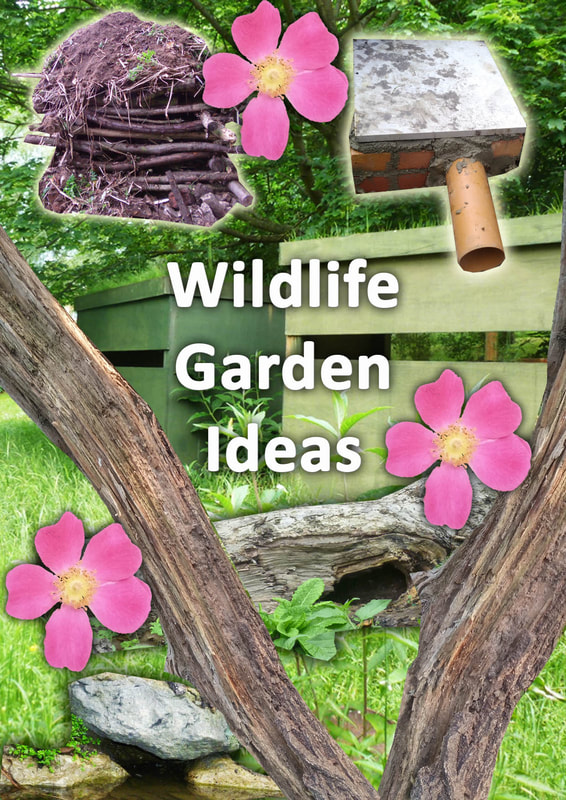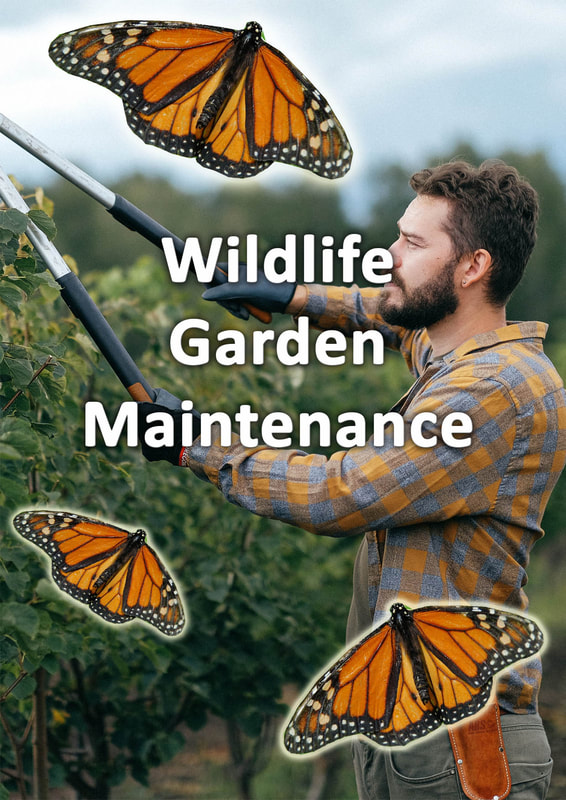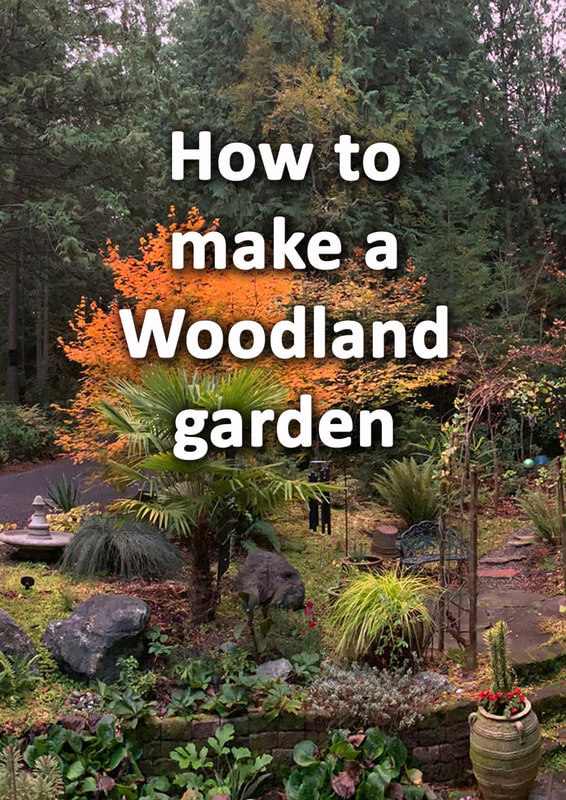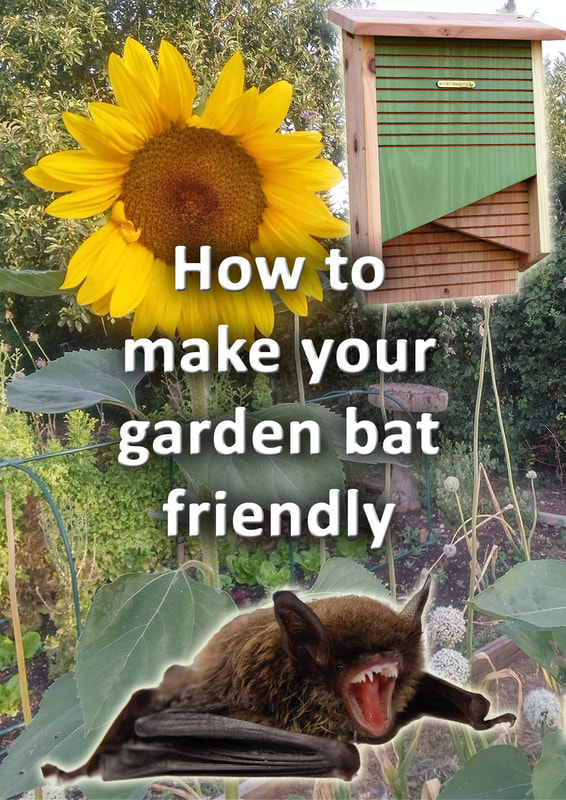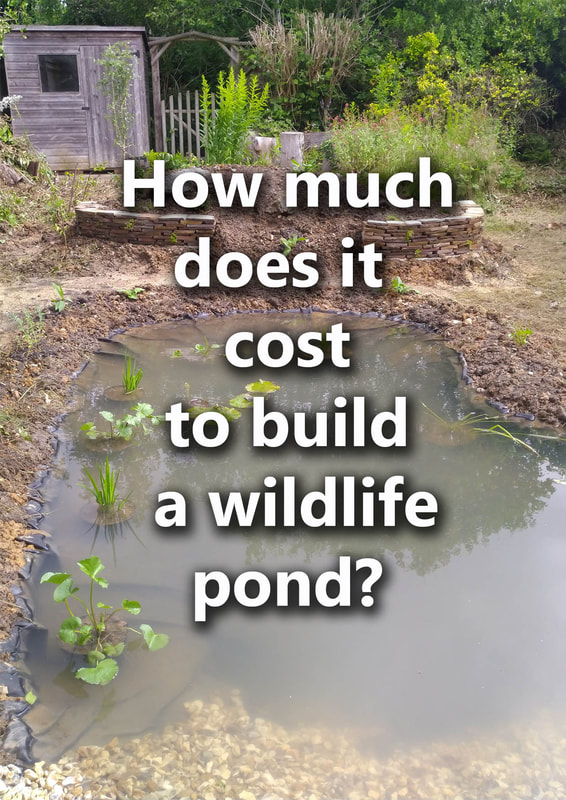This article contains affiliate links
Beetles are one of the most successful and widespread group of insects on the planet. It has been stated that beetles actually represent over 25% of all animal life forms on earth!
They have colonised every part of the planet except the sea and Polar Regions. The UK alone has more than 4000 species of beetle living in various different niches and habitats. Being such a diverse group of insects, their habits and behaviours can vary hugely. Some are predators while some are more specialised at eating plants. This means not all beetle species are loved by gardeners. However, most ground beetles are indeed beneficial to the garden eating pests and dead wood. If you want to encourage ground beetles into your garden, there are a few steps you can take. In this article we answer some common ground beetle questions as well as how to attract beetles to your garden. What are ground beetles?
Ground beetles are generally large beetles which live in and around the soil surface. Their larger size and well armoured exoskeleton are suitable defence against ground dwelling advisories such as ants. Many ground beetles are either predatory or categorised as decomposers. Decomposer ground beetles are known for loving dead wood habitats such as hollow trees and log piles. In the UK the three most common garden ground beetles are the Black Clock Beetle, Devils Coach Horse Beetle and the Stag Beetle. Types of common ground beetlesBlack clock beetle
The Black clock beetle is probably the most common ground dwelling beetle. This predatory beetle forages in sheltered places hunting its favourite food slugs, snails and small insects. This beetle can be found underneath leaf litter, stones or in general nooks and crannies around the garden. Devils coach horse beetle
The Devils coach horse belongs to the Rove Beetle family which is characterised by its long and shiny body. This beetle is well known for its scorpion like appearance and beautiful armour plating. When threatened, this beetle arches its tail over its head like a scorpion and can inflict a painful bite to humans. This beetle also preys upon small slugs and other small insects. Stag beetles
Stag Beetles are famous for their large body size and impressive mandibles which resemble a stag’s antlers. Only males have such large jaws which are used for mating displays and fighting off rivals. Most of a stag beetles' life however is actually spent underground or deep in decaying wood. Stag beetle larvae can live for up to 7 years before emerging as fully grown beetles. These impressive sized beetles can be seen flying looking for a mate in midsummer. Are ground beetles good for the garden?
Ground beetles are very beneficial for the garden in two main ways. They eat garden pests such as slugs and aphids while decomposer species will break down organic matter and help form healthy soil. What do ground beetles eat?
Most ground beetles eat other small ground dwelling insects and invertebrates. Some of these include slugs, worms, ants, aphids, caterpillars and woodlice. However, decomposer ground beetles such as Stag beetles consume rotting wood and tree sap. How to encourage ground beetles to your garden
Even though ground beetles are extremely beneficial to the garden they have been persecuted in large numbers. A combination of habitat loss and extensive use of insecticides have dramatically reduced ground beetle numbers. The Stag Beetle is a particularly threatened species which larvae needs undisturbed deadwood for a number of years in order to develop. Ground beetles play a very important role in a garden's ecosystem. Therefore, you should seek to encourage ground beetles into your garden especially if you are gardening for wildlife. Below we have listed the top 10 ways to encourage and attract ground beetles to your garden. 10 Ways to encourage garden ground beetles1. Create log piles
Before people dominated the globe much of the land was covered by forest. As well as many species of living tree these forests were also full of old, dead and dying trees. These supported just as many wildlife species as the living trees. Deadwood habitats are extremely rich in associated species and ground beetles are a main beneficiary. A great way to attract ground beetles to your garden is by creating log piles. These dead wood piles provide the perfect place for ground beetles to shelter and forage. 2. Provide open compost heaps
Composting is a very effective way of recycling organic waste within the garden. However, many modern composters comprise of sealed plastic barrels and containers. If you create a more traditional open compost heap however, its habitat value increases tremendously! By forming a heap of slowly degrading garden waste you will invigorate a whole mini ecosystem of decomposer species. Not only will the heap provide plenty of shelter it will also provide ample prey for ground beetles. 3. Build bug hotels
Bug hotels are fabricated structures which are intended to create plenty of hiding places for insects and invertebrates. One of the biggest problems for wildlife today is gardens do not have appropriate places to shelter. Bug hotels can be made with recycled materials such as rocks, bricks, logs, sticks and soil. Many bug hotels can become very effective examples of land art displaying different colours and visual textures. These can become ecological sculptures within a garden design theme. There are also many, smaller bug and insect hotels available on the market. 4. Plant diverse and ecological planting
The key to encouraging ground beetles into your garden is providing a diverse array of habitats. The best way to do this is grow a diverse range of different plants. This will encourage a varied mixture of different creatures which will stimulate a rich ecosystem. Try to include plants that flower throughout the season and vary in size and form. Planting plants from your local region will also encourage local species and be more likely to thrive. For more information on the best plants for wildlife visit our article here. 5. Mulch garden borders
Ground beetles prefer to travel across soft and moist ground with plenty of places to hide. One of the best ways to ensure you have such conditions is to mulch your garden borders. Wood chips and mulches provide an organic and protective layer to topsoil. This allows decomposer species and soil ecology to flourish. When your garden has thriving soil ecosystems this provides abundant soil for ground beetles. Beetles such as the stag beetle get the extra benefit of being able to feed on the decaying wood itself. 6. Grow dense ground cover plants
One of the biggest threats to ground beetles is predation when on the move. Beetles are particularly vulnerable to predation by birds. Consequently, to make your garden more beetle friendly you should aim to provide dense cover. The most effective way to achieve this is by planting plants which form low lying thickets of vegetation. These groundcover plants can not only provide shelter for beetles they also look very attractive. Groundcover plants can also help to suppress weeds and create carpets of colourful vegetation. Why not visit our article listing some of the best groundcover plants for your garden? 7. Create a wildflower meadow
Wildflower meadows are extremely attractive habitats for ground beetles. Not only do they attract plenty of insects and invertebrates to feed upon they also provide great shelter. The combination of tall grasses and wildflowers create dense jungles where beetles can hide and forage. The wilder the plants your wildflower meadow contains the richer its habitat value will be To make your wild meadow even more attractive to beetles add some small hibernacula's and wood piles. 8. Rock piles
Piling up rocks, old paving or even bricks are a good way to provide safe places for ground beetles to hide. Solid masonry materials are completely impenetrable by hedgehogs and birds which readily prey upon beetles. Rock piles do not even have to be random heaps within the garden. Structural features such as dry-stone walls, gabions and rockeries are just as effective and beautiful. Not only do these rocky habitats provide places to hide they warm up in direct sunlight. This can attract even more insects and other prey species directly to a ground beetle's resting place. 9. Create a woodland garden
Before human beings colonised the planet and built towns and cities most of the world was covered in forest. Expansive woodlands are where most beetle species have lived and thrived for millions of years. Therefore, it is no surprise that ground beetles favour woodland environments. You do not have to have a huge garden with large trees to create a woodland garden for beetles. Simply by growing some woodland plants and including some deadwood habitat is good enough. Why not read our article on how to create a woodland garden here. 10. Create a wildlife pondCreating a wildlife garden is one of the best ways to attract wildlife to your garden. This may not necessarily seem to be the case for ground beetles at first glance. After all it is common for ground beetles to occasionally fall into ponds by accident. However a well-established wildlife pond will encourage literally thousands of new species to your garden. Such richness and diversity will increase the numbers of ground beetles your property can support. A pond will also encourage even new species of beetle to colonise your garden. Do garden ground beetles bite?
All ground beetles have the ability to bite in self-defence if they are threatened. However generally they are completely harmless to humans. The devils coach horse is the only ground beetle with the potential to cause any slight pain from a bite. However, it would have to be a large specimen and even biting on softer skin would not be able to pierce it. At the very worst you would feel a slight pinch. The Black Clock Beetles maniples are so small it’s doubtful they could grab any skin. A Stag Beetles jaws may look menacing but are intended for fighting rival males not grasping power. Therefore, it is doubtful a stag beetle could bite or cause any pain to a human. Do garden ground beetles fly?
Most ground beetles cannot fly as they have adapted to a life on the ground. This means during evolution their wing cases have fused together for more robust armour. However stag beetles despite their larger size can fly over considerable distances to find a mate. Do ground beetles come out at night?
Ground beetles prefer to forage around during the night as they are less visible to predators. Their favourite feeding times include dawn and dusk when their prey species are most active. However beetles will also be active during the day from time to time. Wildlife garden services
Buckinghamshire landscape gardeners are experts in wildlife garden design and construction. Acting as the domestic landscaping part of Ecospaces we have over 20 years experience in ecological landscaping and sustainable construction. If you are interested in our wildlife garden services please do not hesitate to contact us. Our wildlife garden services include:
|
The Author
|
Landscaping services across Buckinghamshire, Amersham, Aylesbury & High Wycombe
Hyde Heath, Amersham, Buckinghamshire |
|
